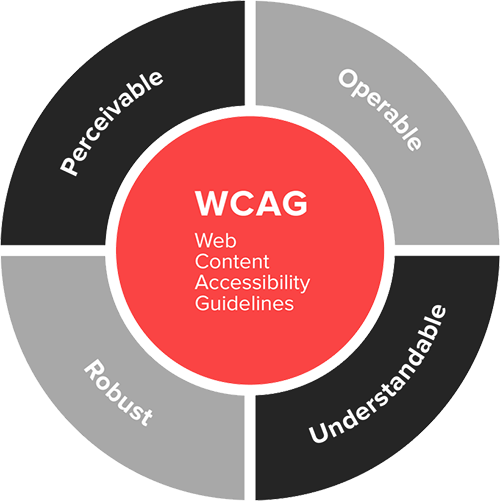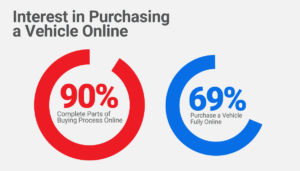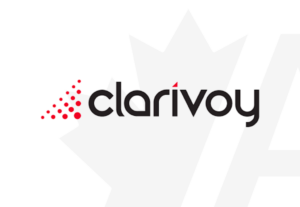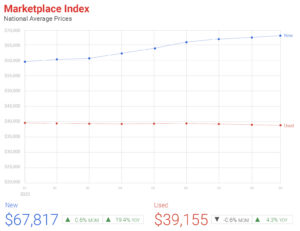If you’re responsible for your dealership’s website, you may not be aware that its design could be required by law to follow an international set of standards established to improve digital accessibility for people with disabilities. This includes making it easier for people with vision, hearing and cognitive limitations to find important information online.
Following the lead of the federal government, which passed the Accessible Canada Act in 2019, Ontario is soon set to become the first province to legally mandate private businesses to follow an international set of standards known as Website Content Accessibility Guidelines (WCAG) to make web and digital content more accessible to people with disabilities.
In Ontario, any private or non-profit organization with 20 or more employees has until June 30 of this year to file a compliance report to prove that they are abiding by the digital accessibility rules in the Accessibility for Ontarians with Disabilities Act, 2005 (AODA). Organizations with 50 or more employees that don’t comply with the law could face fines of up to $100,000.
So, what is WCAG and how does it apply to your dealer website?
WCAG was developed by the World Wide Web Consortium (W3C), an international community of member organizations and members of the public who work together to develop technical standards for the web, including a single global standard for web content accessibility.
The type of web content addressed by WCAG includes information such as text, images, and sounds, as well as the computer code or markup language that defines website structure and presentation.
WCAG has been updated over the years to account for changes in web-based digital technology, design and development trends, and the growth of mobile offerings. Under AODA, Ontario businesses are required to prove they are complying with the standards set out in WCAG 2.0.











